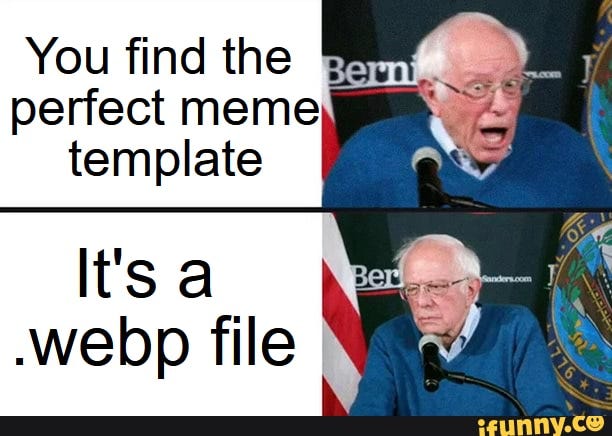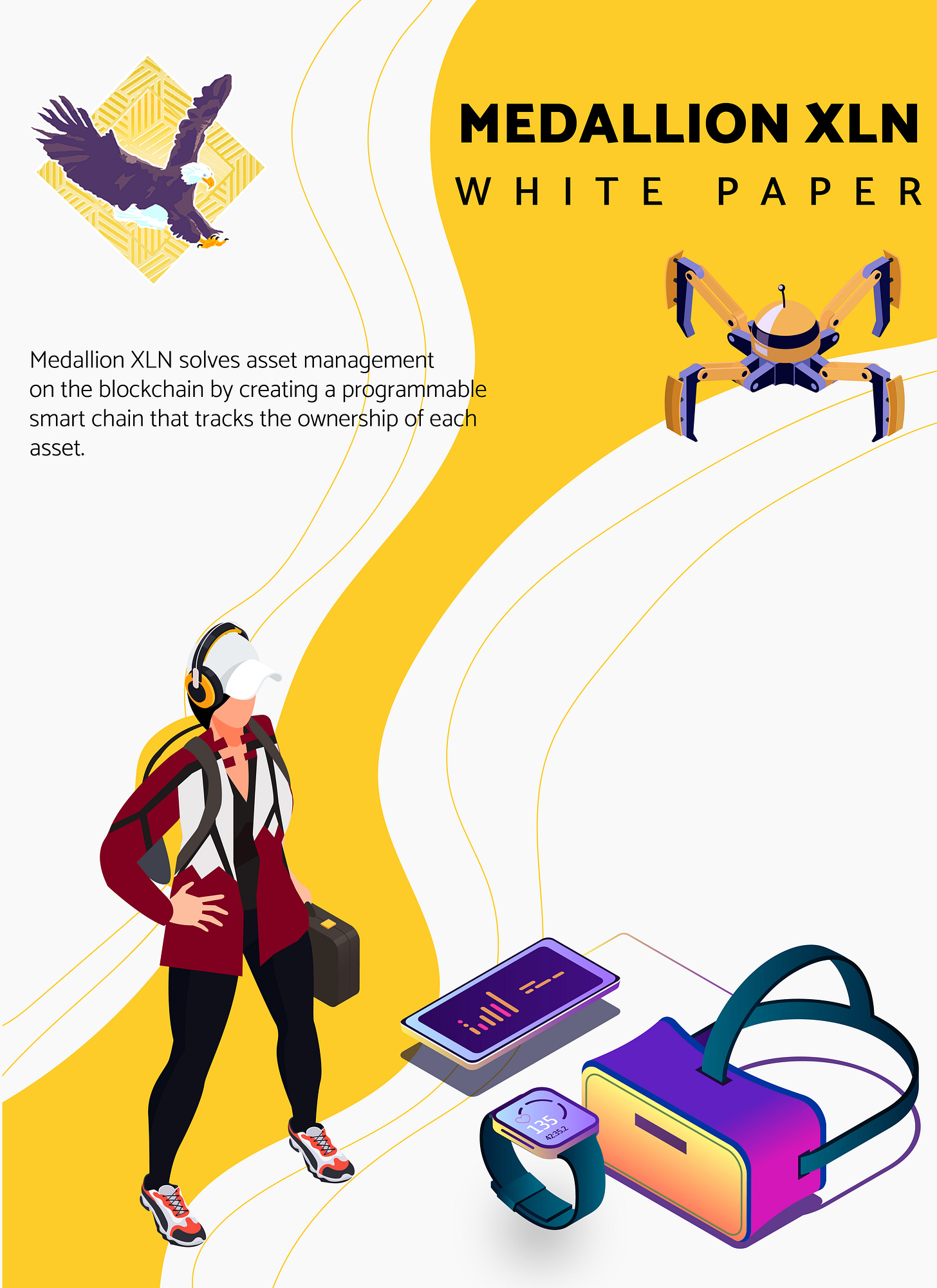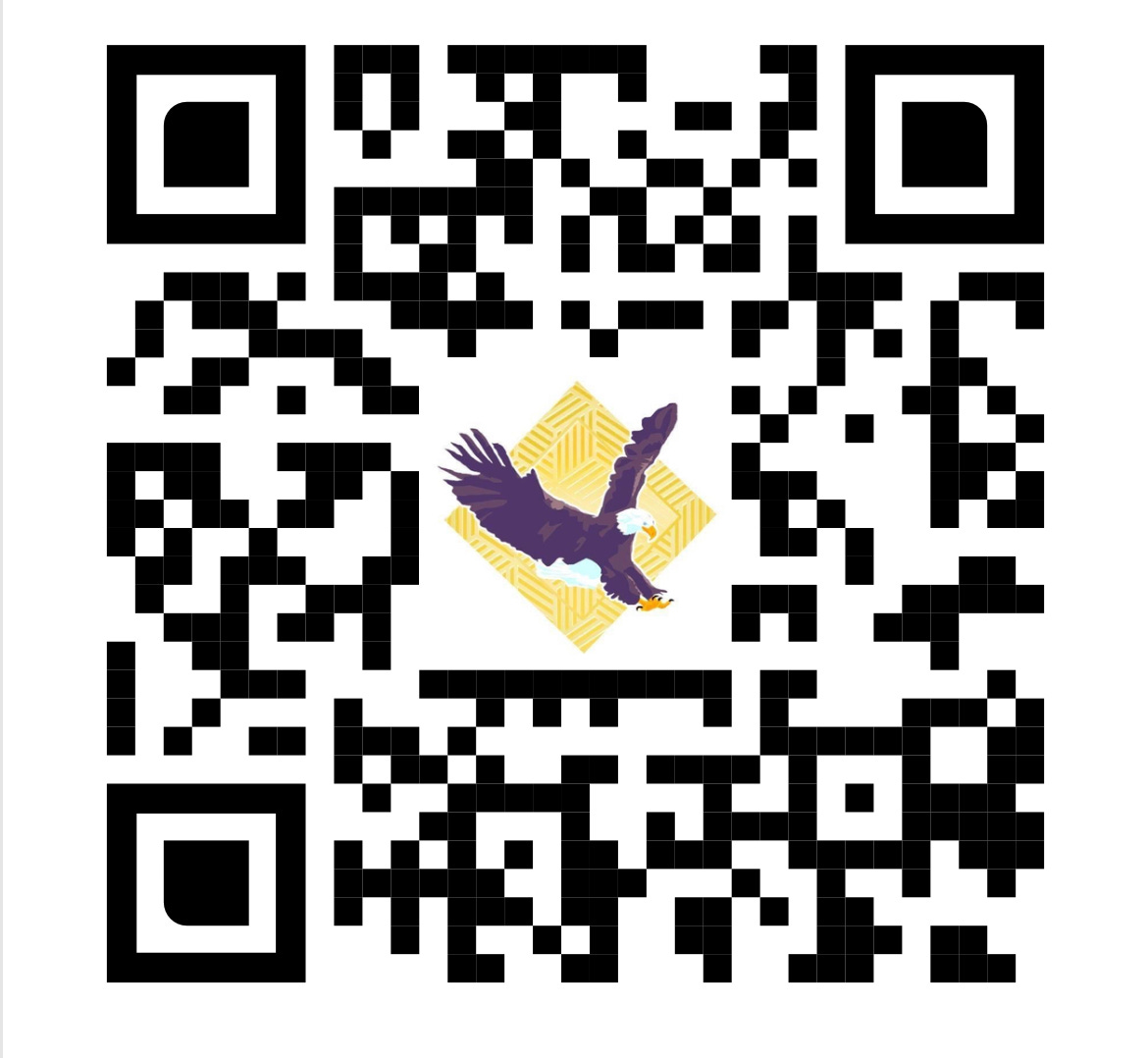“If you’re adding value and helping other people in some way, then money should be flowing into your life with ease.”
― Hendrith Vanlon Smith Jr, The Wealth Reference Guide: An American Classic
The positive reactions that this newsletter receives from super boring topics such as an article about QR codes is interesting. In most crypto communities, the comments are all, “When Lambo?” & “To the moon!” 🚀🌝 emojis. Our community has inquisitive questions and eye-opening arguments. We attract really smart and extremely accomplished people… what a bunch of nerds, “I memorized Pi to 29 digits”. “According to my calculations, the trajectory of the Orion constellation will determine …” C’mon guys, you’re making me look bad in front of the cool kids. They paid a lot of money to own that JPEG monkey profile picture, you know? Speaking of JPEG monkeys, What is a JPEG?
When Lambo? 🤑🤑💰💰💰
My interest in image formats isn’t purely out of curiosity. One of the goals of Medallion XLN is interoperability. This means creating an asset once and then accessing it from any User Interface, Application, Video game, MMORPG, or Metaverse interface. Surely, there must be a new image format that allows for the most customizable features. My goal is to find a programmable image format to use for Non-Fungible Tokens (NFTs). In the QR Codes article, I made an argument that the best way to secure an NFT on the image itself would be to add a QR Code. I still maintain that position but since then I have been experimenting with various techniques to display art + QR codes and if I’m honest it doesn’t look appealing. Then Okay Bears NFT started trending on Twitter last week. I checked out their website and when you hover over the bears the expressions changed. I got super excited because I thought this was a new image format that allows for alterations to the image in hover. Now I could leave the art alone and then on hover display the QR Code. An elegant solution! On further inspection, it was only a .png file swapped on hover with another .png file using a Cascading Style Sheet (CSS). A disappointment, but it got me thinking, “There must be a new file type that allows for that kind of customization. Even better, there must be an image type that can be programmed with various actions that could then be called in the UI.”
To the moon!!! 🚀🚀🚀🌝🌝🌝🌝
The internet’s favorite go-to image is named after the Joint Photographic Experts Group (JPEG). In 1992, they collaborated with IBM, Canon & Mitsubishi Electric to release a 10:1 compression which had little loss in image quality. The degree of compression adjusts based on a trade-off between image quality and storage size. The lossy compression format means that redundant information is deleted from the file at compression time. The lossy compression method for digital images is based on the Discrete Cosine Transform (DCT), a technique pioneered by Nasir Ahmed in 1972…boring…boring. I already know about JPEGs. What about PNGs?
.png for transparent backgrounds 😎
Portable Network Graphics (.png) uses a lossless compression method to render images. Lossless compression means that all information is restored when the file is decompressed for viewing. PNGs allow for image backgrounds to be completely transparent. Images can be saved using true color, palette, or greyscale formats. The lossless method doesn’t lose detail on compression which makes it suitable for a lot of colors. They are great for sharp lines, solid colors, text, and graphics. They only support Red Green and Blue (RGB) and compress at a larger size. It is possible to render animated .pngs using the .apng format but I couldn’t find any dank memes. I found some high-quality boring memes.
.gif - the dank meme gold standard🔥🔥🔥💯💯💯
The .GIF format is for lovers of dank memes. The Graphics Interchange Format (GIF) created in 1987 by CompuServe uses the lossless method to compress images. It supports animated and static formats in 8-bit color which is why they usually look low resolution. GIFs favor flat edges, uniform colors, and well-defined lines. Animated GIFs are multiple frames put together and played in succession from a single file. GIFs usually have small storage sizes and have an option to loop at the last frame.
.heif - higher quality for lower storage cost🙏
High-Efficiency Image Format (HEIF), most notably adopted by Apple in 2017 as part of iOS 11. HEIFs are the image format for storing images, sequences, timed-text, audio, and video. HEVC is the encoding format used for encoding both image and video files. HEIF files require less space for the equivalent storage size of a JPEG at the same quality. It was developed by the Motion Picture Experts Group (MPEG) in 2015 as part 12 of their MPEG-H suite.
.webp … umm … yea …😔
Released by Google in 2010, the webp format is a combination of lossless & lossy compression formats and is designed to be smaller, richer, and faster than JPEGs & PNGs. The webp format supports transparency and uses the same VP8 video codec used to compress keyframes in videos. The image is rendered using predictive coding. Neighboring values in blocks of pixels are predicted by this machine learning algorithm to encode the difference… so …boring.
.gITF is what we’ve been searching for💥💥💥💥
I’m not finding what I’m looking for and there are so many image formats left to go through; .xcf, .tiff, .pdf, .svg, .avif, .gITF…wait, what’s a .gITF? Graphics Language Transmission Format (glTF) is the format for 3D scenes and models. Data can be encoded in the models as JavaScript Object Notation (JSON) or Binary, which can reference external binary and texture resources. The Khronos Group created this image format as an open standard to be the JPEG of 3D. GLTF supports 3D geometry, appearance, scene graph hierarchy, and animation that embeds binary data as base64-encoded strings. The latest upgrades include sparse accessors and morph targets to allow for facial animations & schema tweaks. As far as Medallion XLN’s goals of interoperability go, .glTF formats can be used on the web in Three.js projects, Meta Quest VR Apps, Adobe, Unreal Engine, Google & Autodesk Maya. I think we found it! The .glTF image format can be programmed, then it can be seamlessly imported into every metaverse application on the web or in-app.
Victory! We did it! 🧨🧨👏👏👏💥💥
Web3 promises that we will become entirely decentralized from platforms. Currently, that is being demonstrated with extensions such as Meta Mask & Wallet Connect that store your data and then provide verification and authentication to other apps when necessary. Medallion XLN’s goal is to provide a similar experience with digital assets. Imagine owning a profile picture (pfp) that can be imported into any metaverse, with a set of preprogrammed moves and abilities exclusive to only your avatar. Using NFTs in the metaverse creates a new industry that will open the doors for endless opportunities to arise. I hope everyone is as excited as we are for the future. Get your Ethereum ready to invest in our ICO and be part of a future where we are masters of our destiny and owners of our digital sovereignty. Also leave an Emoji comment so that the other projects will think that we have a cool community too!
Subscribe to Medallion XLN as we are building the next generation of technology using XR, Blockchain, AI, and the power of decentralization to reclaim our digital sovereignty.
Join our telegram to get accessed to exclusive information on the development of Medallion XLN.















La possibilité sera géniale
Only the stickiest of the icky Dank memes will do 🫡